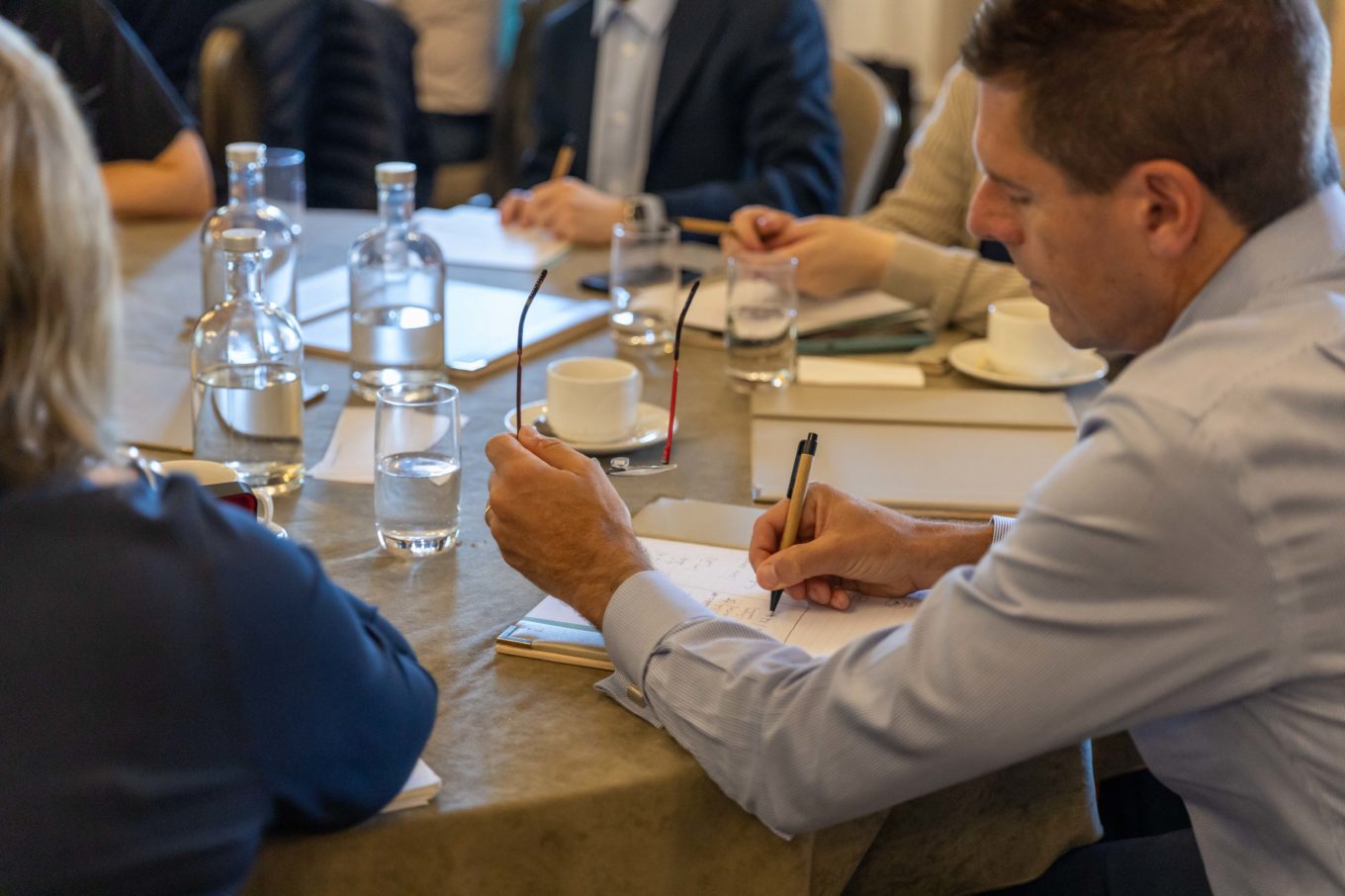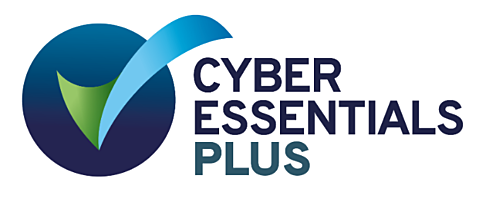Press Release
12 Dec 2025
MusingsMuse Advisory, the director-owned and independent pensions specialist expands its administration provider and adviser review and selection service with the hire of Susan Sinclair. Read the press release.
Private markets within DC schemes: Is the market ready?
11 Dec 2025
MusingsDo private market investments in DC create new governance challenges for Trustees and providers? Paul Armitage, DC lead, looks at the advantages and some of the challenges in private markets, where undertaking quality due diligence has never been more important. Whilst the asset class isn’t new, successful deployment in DC still has many unanswered questions. Do private market investments create new governance challenges for Trustees and providers? What should Trustees do when looking at private markets?
What’s on the horizon?
10 Dec 2025
MusingsWhat might 2026 bring us in the world of pensions? Ian McQuade, CEO shares his thoughts on what’s been happening in the pensions industry during 2025 and looks ahead to what 2026 may bring. Governance is near the top of everyone’s agenda given the pace of change across the industry and with this in mind, Ian looks at the commercialisation of professional trusteeship and the evolving administration market.
Pensions administration consulting and oversight - The art of a good administration report
10 Dec 2025
MusingsThe reporting provided in administrator stewardship reports is often extensive, but how useful is that information? What makes for meaningful pensions administration insight? What measures are important, especially for member engagement? One of the primary functions of an administration stewardship report is to provide assurance that controls are in place and operating as intended. Jo Fellowes, who oversees our administration provider review and selection service, looks at the role of SLA targets, examples of measures to drive member engagement and what makes meaningful insight into the administration service.
Resourcing challenges in pensions: Insights from the Muse Pensions Leaders Roundtable
2 Dec 2025
MusingsIn the most recent Muse Pensions Leaders Roundtable, we focused on one of the most challenging issues facing the industry today: effective resourcing. Pension schemes are operating in an increasingly complex environment with rising workloads, yet the sector is experiencing an exodus of experienced professionals, taking with them invaluable know-how and technical expertise. Read more about some of the key themes discussed at the roundtable in this article.
The Future of Trustee Governance
4 Nov 2025
MusingsThe government’s decision to launch a consultation into the professional trustee market is very welcome. It’s long overdue. Professional trustees play a vital role in ensuring good governance and protecting member outcomes. The decisions they make and the challenge they should bring directly affect the benefits delivered to millions of savers. So, it's right that we pause and ask whether the structures and incentives in the market still deliver what members need. Read Ian McQuade’s viewpoint recently featured in Professional Pensions.
Helping Trustees and Companies to better govern their pension schemes
Get in touch today to find out how we can help.
















































